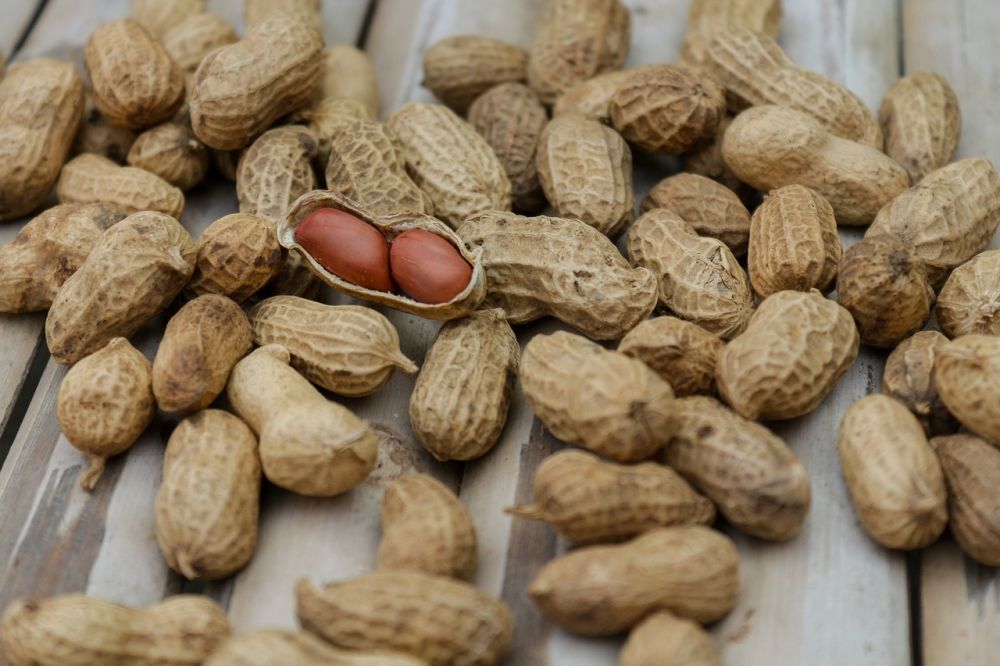Raw Food Diet: A Comprehensive Guide to Optimal Health

Introduction
The concept of a raw food diet has gained significant popularity in recent years. Advocates believe that consuming unprocessed, uncooked foods provides numerous health benefits, including increased energy levels, weight loss, and improved digestion. In this article, we will provide a detailed overview of the raw food diet, explore its various types and popularity, examine quantitative measurements related to this diet, discuss the differences between different raw food diets, and analyze the historical pros and cons associated with these diets.
What is a Raw Food Diet?

A raw food diet primarily consists of consuming raw or minimally processed foods, mainly fruits, vegetables, nuts, seeds, and sprouted grains. The philosophy behind this diet is based on the belief that heating foods above a certain temperature destroys vital enzymes and nutrients, which can reduce their nutritional value and overall health benefits. Raw food enthusiasts argue that consuming foods in their natural state maximizes the body’s ability to absorb essential vitamins, minerals, and enzymes.
Types of Raw Food Diets
There are several types of raw food diets, each with its unique characteristics and restrictions. Some of the most popular ones include:
1. Raw Vegan Diet: This diet excludes all animal products, including meat, dairy, and honey, focusing solely on plant-based foods.
2. Raw Vegetarian Diet: Similar to the raw vegan diet, this diet incorporates raw fruits, vegetables, nuts, and seeds but may include certain raw dairy products and honey.
3. Raw Paleolithic Diet: This diet emphasizes consuming only raw foods that our ancestors could have eaten during the Paleolithic era, such as raw meat, fish, fruits, and vegetables.
4. Gourmet Raw Food Diet: This diet involves the preparation of elaborate and creative raw dishes using a variety of techniques and ingredients.
Quantitative Measurements of Raw Food Diets
Research regarding the effectiveness of raw food diets is limited. However, some studies have shown potential health benefits associated with this dietary approach. For instance, a study published in the Journal of Nutrition and Health Sciences found that individuals following a raw food diet experienced significant weight loss, lowered cholesterol levels, and improved antioxidant status compared to those on a standard diet.
Furthermore, raw food diets are typically rich in dietary fiber, vitamins, and minerals while being low in saturated fats and calories. These factors contribute to improved digestion, increased energy levels, and a reduced risk of chronic diseases such as heart disease and diabetes.
Differences Between Raw Food Diets
Although all raw food diets share the common principle of consuming uncooked or minimally processed foods, there are notable differences between them. For example, the raw vegan and vegetarian diets strictly exclude animal products, while the raw paleolithic diet includes raw animal foods. Additionally, the gourmet raw food diet focuses on culinary creativity and elaborately prepared raw dishes, whereas other raw food diets prioritize simplicity and whole food consumption.
Historical Pros and Cons of Raw Food Diets
Raw food diets have been the subject of debate among health professionals, with varying opinions on their benefits and drawbacks. Advocates argue that raw food diets provide an abundance of nutrients, support weight loss efforts, and improve overall health. Studies have shown potential benefits such as increased antioxidant activity, improved digestion, and reduced inflammation.
However, critics suggest that raw food diets may lead to nutritional deficiencies, particularly in essential nutrients such as vitamin B12, iron, and omega-3 fatty acids. They believe that cooking certain foods enhances their nutritional value and makes them easier to digest, contradicting the claims of raw food enthusiasts.
Conclusion
A raw food diet can be a transformative lifestyle choice, promoting optimal health and vitality. This article has provided an in-depth overview of the raw food diet, its various types and popularity, quantitative measurements related to this dietary approach, differences between different raw food diets, and a historical analysis of their pros and cons. Whether you choose to embrace a raw food diet entirely or incorporate it into your existing healthy eating plan, understanding its principles and potential benefits can help you make informed decisions regarding your diet and overall well-being.
(För att passa in i en snippet kan texten formateras som en punktlista)
– Raw food diet is a dietary approach that focuses on consuming unprocessed, uncooked foods.
– Types of raw food diets include raw vegan, raw vegetarian, raw paleolithic, and gourmet raw food diets.
– Studies suggest potential health benefits of raw food diets, including weight loss, improved antioxidant status, and reduced risk of chronic diseases.
– Raw food diets differ in their exclusion or inclusion of animal products and the emphasis on culinary creativity.
– Critics argue that raw food diets may lead to nutritional deficiencies, while advocates highlight their abundance of nutrients and potential improvements in digestion and overall health.
(För att passa in i en snippet can delar av texten formateras som en H2-tagg)
Types of Raw Food Diets
– Raw Vegan Diet
– Raw Vegetarian Diet
– Raw Paleolithic Diet
– Gourmet Raw Food Diet
Quantitative Measurements of Raw Food Diets
– Weight loss
– Lowered cholesterol levels
– Improved antioxidant status
– Increased dietary fiber, vitamins, and minerals
– Reduced risk of chronic diseases
Differences Between Raw Food Diets
– Exclusion or inclusion of animal products
– Culinary creativity vs. simplicity and whole food consumption
Historical Pros and Cons of Raw Food Diets
– Advocates: abundance of nutrients, weight loss, improved antioxidant activity, improved digestion
– Critics: potential nutritional deficiencies, cooking enhances nutritional value and digestion
(Note: The structure and formatting can be adjusted to increase the likelihood of being displayed as a prominent snippet in a Google search.)











